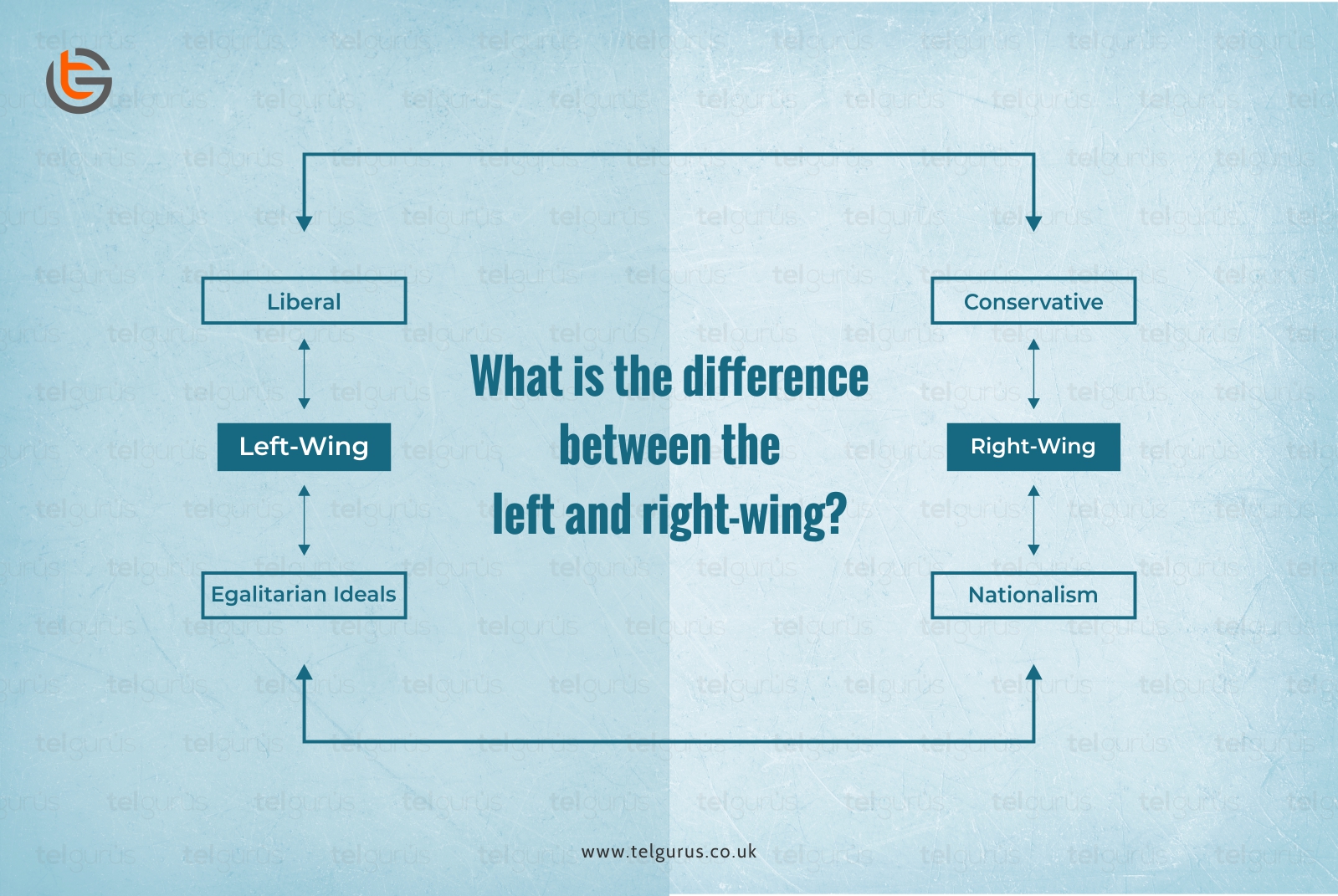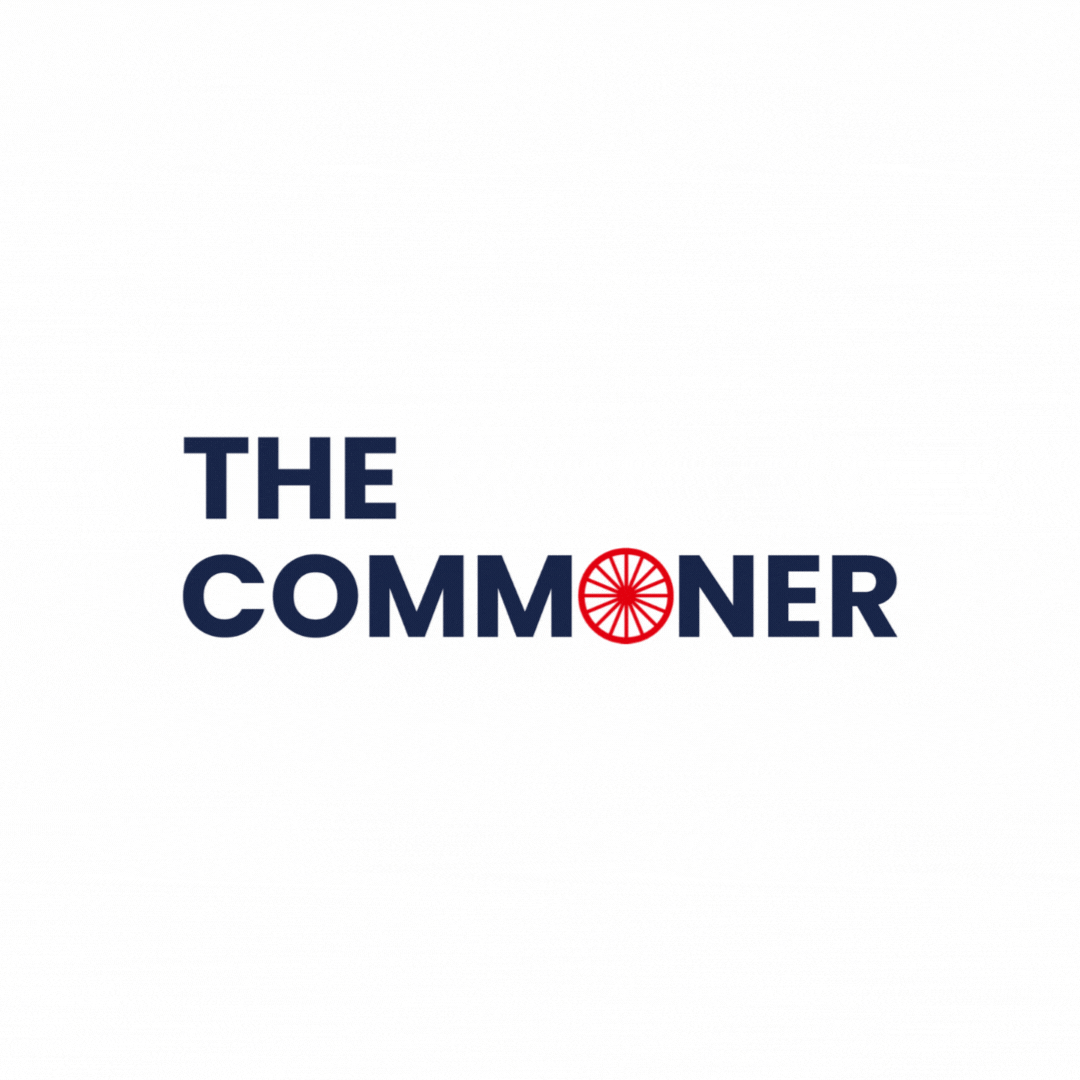Understanding Left-Wing & Right-Wing Politics

What is the difference between the left and right-wing?
Source: TEL Gurus Questions
In the dynamic world of politics, terms like “left-wing” and “right-wing” are frequently used to describe the ideological leanings of individuals and parties. Originating from the seating arrangements during the French Revolution, these terms have evolved significantly but still broadly represent contrasting political philosophies.
What is Left-Wing Politics?
Left-wing politics typically advocate for social equality and are often associated with progressive views. Here are some key characteristics of left-wing ideologies:
- Economic Equality: Left-wing policies often emphasize wealth redistribution through progressive taxation, welfare programs, and public services.
- Social Justice: Focus on promoting equal rights and opportunities, combating discrimination, and supporting marginalized communities.
- Government Intervention: Belief in a more active role for the government in regulating the economy and providing public services like healthcare, education, and social security.
- Progressive Values: Support for social change and reforms, such as same-sex marriage, environmental protection, and workers’ rights.
What is Right-Wing Politics?
Right-wing politics generally emphasize tradition, national identity, and a free-market economy. Key characteristics include:
- Economic Freedom: Support for capitalism, free markets, and less government intervention in the economy. Advocates for lower taxes and reduced regulation.
- Conservatism: Emphasis on preserving traditional values and institutions, such as family, religion, and cultural heritage.
- Individual Responsibility: Belief in personal responsibility and limited government assistance. Encourages self-reliance and entrepreneurship.
- Nationalism: Strong focus on national sovereignty, patriotism, and sometimes strict immigration policies.
Conclusion
Understanding the distinctions between left-wing and right-wing politics is crucial for navigating the complex political landscape. Left-wing ideologies prioritize social equality and government intervention to ensure economic fairness, while right-wing ideologies emphasize economic freedom, traditional values, and individual responsibility. Both sides offer different perspectives on how society should be structured and governed, reflecting diverse values and priorities. As political dynamics continue to evolve, these foundational principles help shape the policies and actions of parties and individuals across the spectrum. Recognizing these differences not only enhances our political awareness but also fosters more informed and meaningful discussions about the future direction of our societies.

